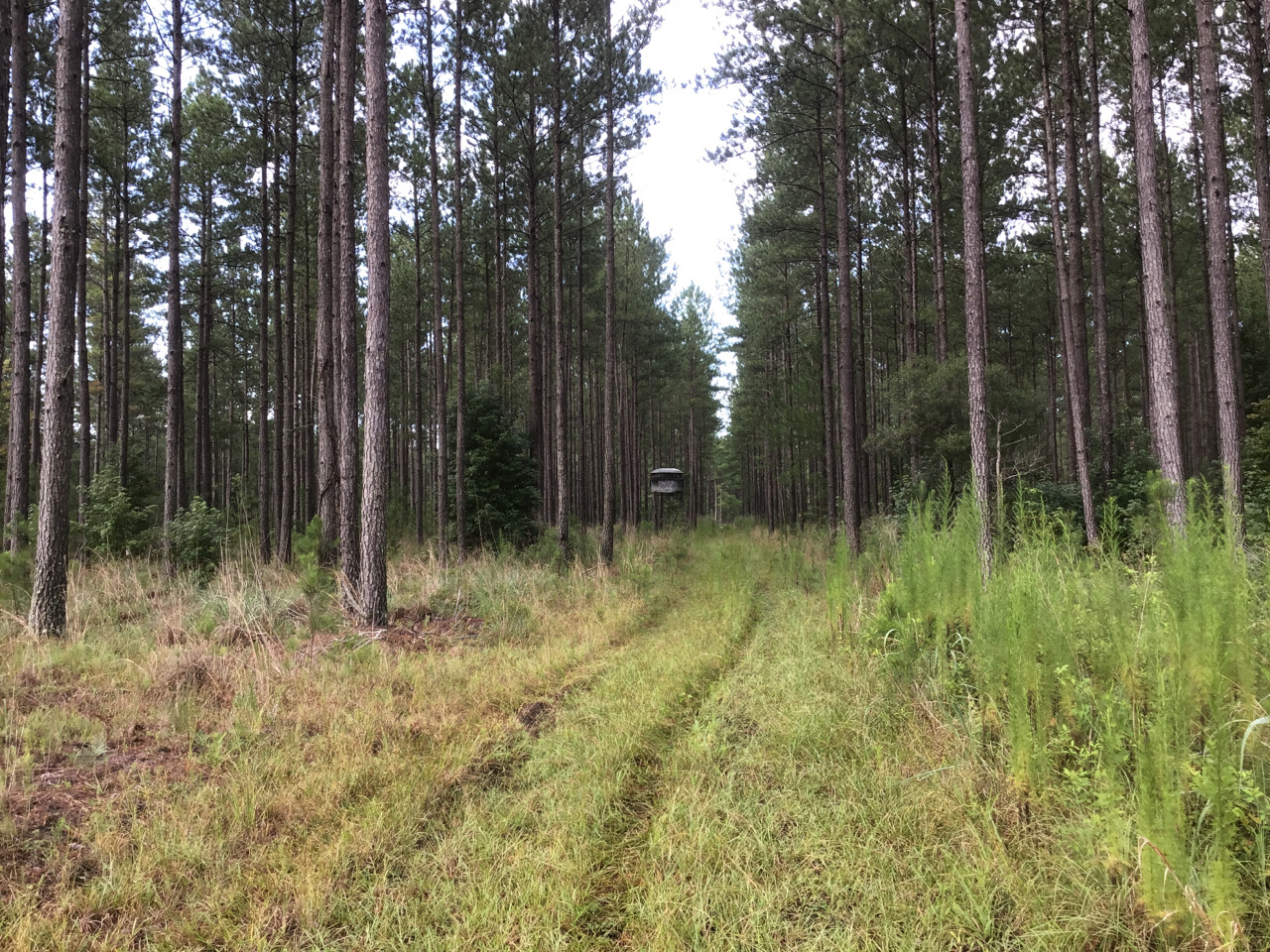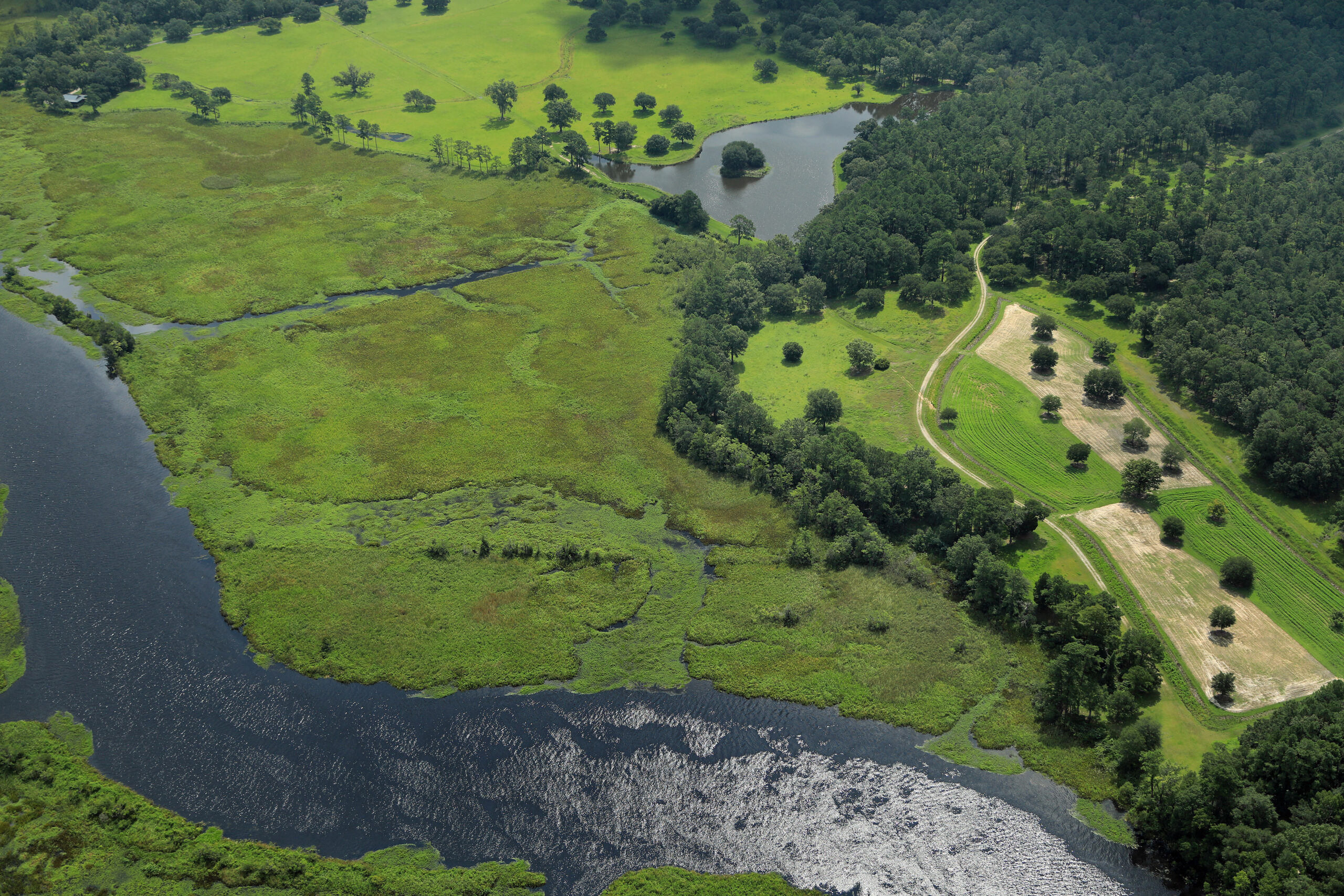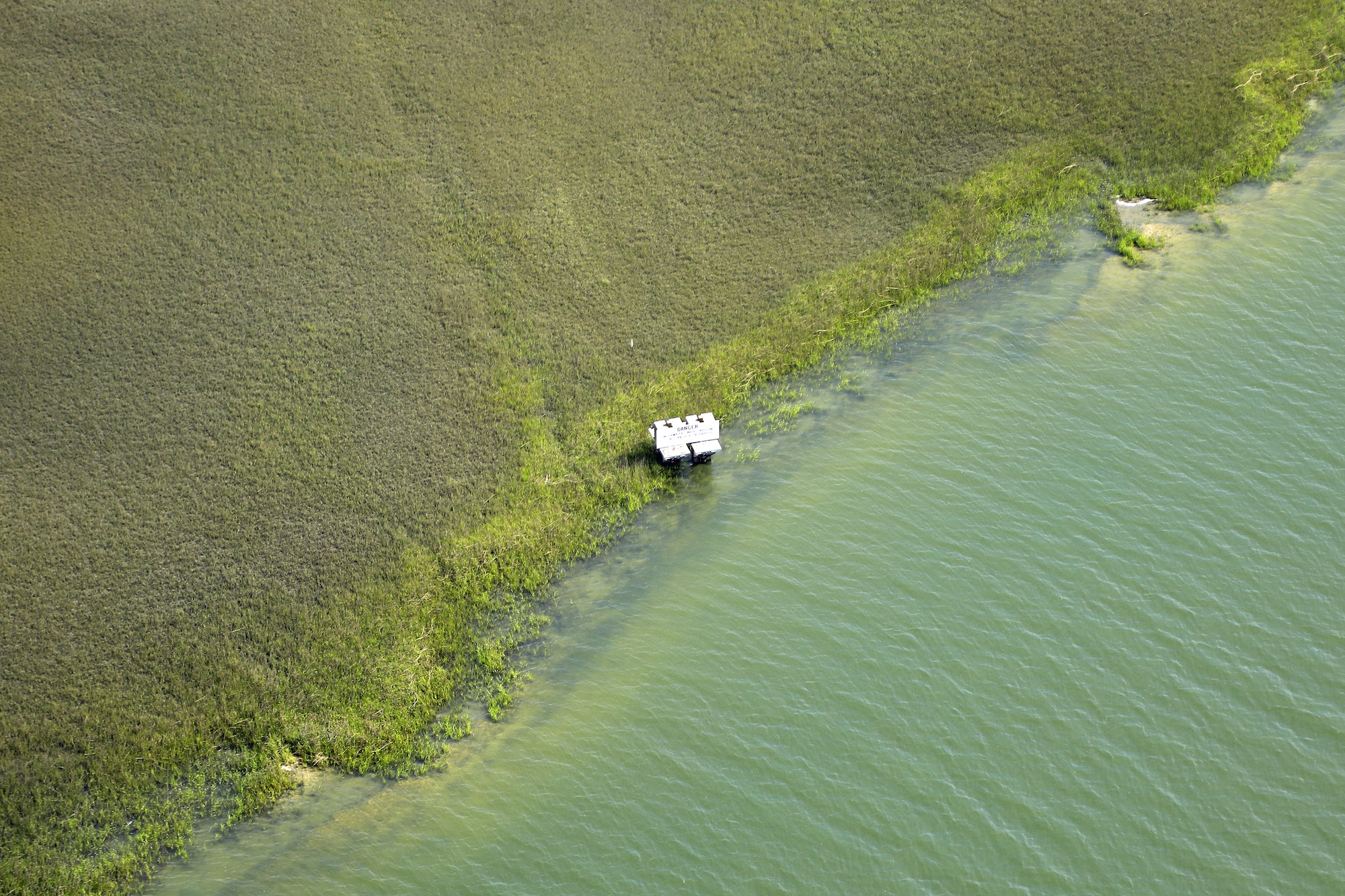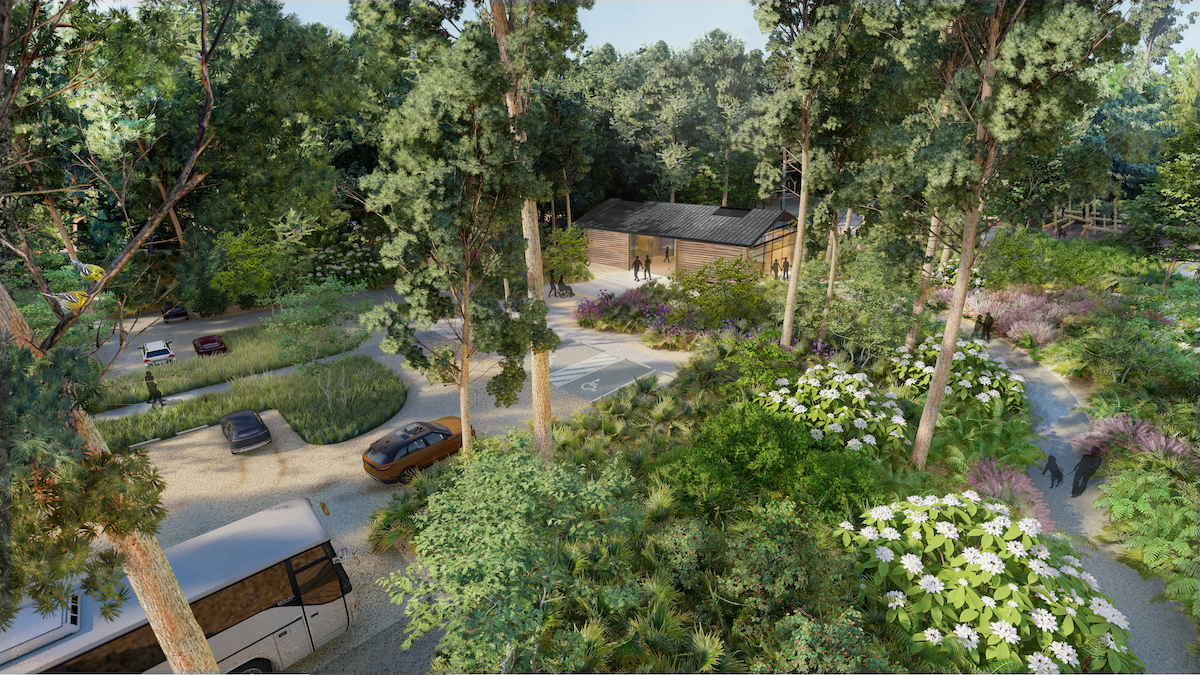
Dear Friends,
We at Lowcountry Land Trust are so grateful for supporters like you, who often want to know: What can I do to help? Well, this is a big week for action! The fate of the Great American Outdoors Act (GAOA) could be decided by the U.S. House of Representatives as early as July 20th. South Carolina Senators Graham and Scott have already joined the 73-member bipartisan Senate majority that voted “Yes” on the Act. Representative Joe Cunningham is leading the GAOA effort in the House and Representative James E. Clyburn is a co-sponsor. For that, we are incredibly grateful! Click here to let your Representative know that their “Aye” vote is of high importance to you.
Here’s why you should. Conservation still has much to do, both in protecting lands and in taking care of the places that we’ve protected. The GAOA would permanently and fully fund the Land and Water Conservation Fund (LWCF), the primary federal funding mechanism for accomplishing land protection and building park facilities. It also establishes a new mechanism for addressing the backlog in maintaining America’s beloved National Parks and other public treasures.
Fifty-five years ago, Congress enacted the LWCF and authorized up to $900 million annually—pegged to federal offshore drilling royalties—to be used to complete our national parks and forests; build trail systems; provide playgrounds and ballfields to support healthy kids and families; expand outdoor sporting access and wildlife habitat; safeguard drinking water; and keep private working forests and ranches in sustainable operation. Only once has that $900 million amount been fully appropriated. In most years, less than one third of these dollars are utilized for conservation.
Here in Charleston, you can stand on the pier of the LWCF-funded Melton Peter Demetre Park, also known as Sunrise Park, in the harbor off James Island and literally see other LWCF-funded sites, including Fort Sumter National Monument, Pitt Street Park, and Charleston Waterfront Park. Over each horizon there are LWCF projects that attract tourist dollars and give local residents a place to play, like James Island County Park and the ballfields of Pepperhill Park in North Charleston. Searching further, you’ll find LWCF-benefitted wild places awaiting quiet, off-the-beaten-path visits, including the Francis Marion National Forest, Congaree National Park, and several jewels in the National Wildlife Refuge System, like the Waccamaw, Savannah, Cape Romain, and ACE Basin National Wildlife Refuges.
The vision of land conservation that serves all the American people—and our incredible array of history, culture, scenery, plants, and wildlife—is not complete. Rising to meet that vision is all the more important now, as the growth of our population threatens to overtake the availability and sustainability of our land resources.
President Theodore Roosevelt once said, “Of all the questions which can come before this nation, short of the actual preservation of its existence in a great war, there is none which compares in importance with the great central task of leaving this land even a better land for our descendants than it is for us.” At least in part, that question is being called this week. Won’t you take action to help ensure America gets the answer right?
With warm regards,
David K. Ray
Chief Conservation Officer
Lowcountry Land Trust

David Ray at Sunrise Park, a LWCF-funded park in James Island. The sign in the foreground indicates the park’s designation as a LWCF-funded park.
Monday, July 6th: The LLT Conservation Committee approved an anticipated conservation easement project on approximately 110 acres in Williamsburg County. More to come on this project!
Tuesday, July 7th: David Ray, Chief Conservation Officer, and Nathan Moyer, Senior Stewardship Program Manager, conferred with South Carolina Department of Natural Resources officials about the anticipated transfer to the State of LLT’s 1,680 acre Keystone property, adjacent to the Francis Marion National Forest. The transfer would possibly occur in 2023, after the Boeing mitigation project, which funded the purchase of Keystone, is deemed complete.
Josh Bell, South Coast Project Manager, participated in a strategy meeting with conservation partners to discuss possible prospects and creative funding sources to promote land protection efforts in and around the Port Royal Sound.
Wednesday, July 8th: Ashton Lamb, North Coast Project Manager, participated in the “Where does South Carolina stand? Findings from American Farmland Trust’s ‘Farms under Threat: State of States’” webinar. He learned about South Carolina’s current rate of farmland loss and its state policy rating in our ability to address that loss. Visit their website for more information.
Bruce Binney, Mid Coast Project Manager, various partner organizations, citizens, landowners, and government officials virtually participated in the monthly Johns Island Task Force meeting, where they exchanged information about conservation opportunities that would help create a more healthy balance between urbanization and the rural and cultural character of the island.
Thursday, July 9th: Ashton Lamb, North Coast Project Manager, met with Raleigh West, Executive Director of the South Carolina Conservation Bank, on a prospective conservation easement property off of the Black River in Georgetown County. Stay tuned for more details!

View on the Black River.
Friday, July 10th: This week, Maggie Gardner, Stewardship Coordinator, monitored 21 LLT protected properties in the Sea Islands, including the Kiawah River Marshlands. That must be a record! Did you know that LLT holds a conservation easement on over 620 acres of marshland in the Kiawah River marsh system? These dynamic landscapes help reduce coastal erosion, filter toxins and sediment from the water, and provide vital habitat and nursery grounds for numerous species of birds, fish, and invertebrates.

View of the Kiawah River Marshlands, protected by LLT.
OTHER NEWS
Conservation Easements & Federal Tax Law: On Friday, July 17, the University of Utah is offering a three-hour online program that will address the latest case law and IRS guidance impacting conservation easements. Experts will offer practical advice to land trust staff and board members, government employees, attorneys, appraisers, and landowners. Attendees will have the opportunity to hear the IRS’s perspective and ask questions of a diverse group of panelists who collectively have almost 200 years of experience with conservation easements and tax incentives. Register for the course here.
Asian Longhorned Beetle: The Asian longhorned beetle is an invasive wood-boring beetle that threatens a variety of hardwood trees, including maple, elm, ash, sycamore, poplar and willow. If you think you have found the beetle, please take a picture and report it by emailing invasives@clemson.edu or by calling DPI at 864-646-2140. You can also make a report by calling the USDA’s Asian longhorned beetle hotline at 866-702-9938 or report online at www.AsianLonghornedBeetle.com. Learn more about the Asian longhorned beetle here.
[As we enter the long, hot days of summer, the President’s Log will feature a series of rotating guest writers, including LLT staff and board, as well as friends of Lowcountry Land Trust]





